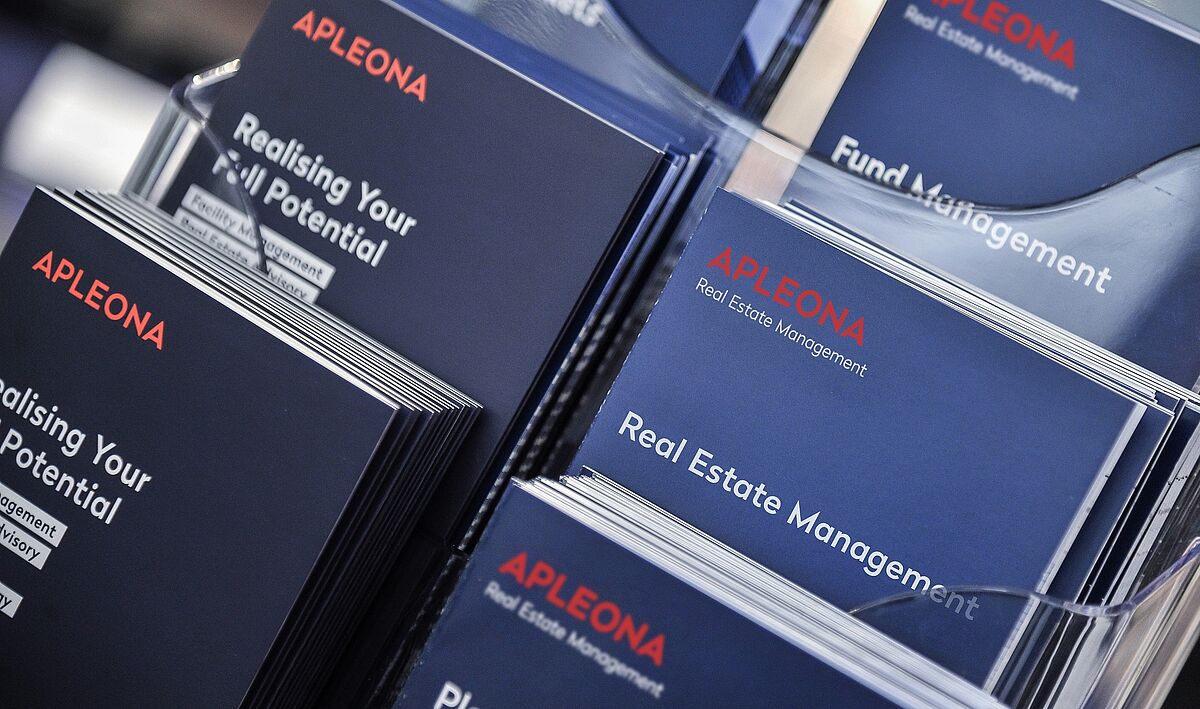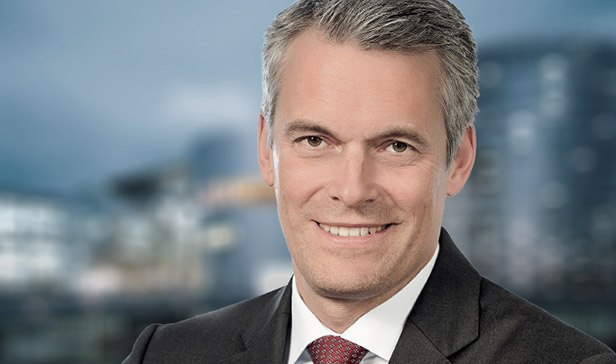Guest article by Carsten Kreutze, Managing Director Recogizer
Artificial Intelligence - key to sustainability in real estate
Artificial intelligence opens up enormous CO2 saving potential for real estate. Climate-friendly buildings are an essential part of a greener world and help to achieve German and European climate targets. Digitalization and automation are important keys to a new level of sustainability in real estate.
Buildings account for 40 percent of energy consumption and 36 percent of CO2 emissions in the European Union. Extraordinary new ways are necessary here to explicitly increase energy efficiency, especially in existing buildings. With artificial intelligence, this can be done automatically and thus without great effort for building operators and owners. Large commercial spaces are already being optimized for energy efficiency using innovative technology: Office buildings, universities and schools, retail buildings. This is because existing buildings are a particularly important lever for reducing CO2 emissions.
How self-learning buildings reduce CO2
Using artificial intelligence has decisive advantages: Savings are achieved quickly and permanently, energy efficiency can be achieved cost-effectively. The result is demand-oriented control of the property, with automated use of only as much energy as is actually needed. Unnecessary energy consumption is thus outdated.
Weather is an important factor that has a strong impact on individual energy demand. Another factor is the occupancy, which means the usage situation of the building: How many people are currently in the building? For example, are 60 percent of the employees working from home on Fridays? Or, in case of a retail properties, for example, is it a Sunday opening with an above-average number of visitors?
All these complex interrelationships are linked, learned and provided with forecasts by the self-learning technology “Energycontrol”. The ideal result is always implemented automatically and optimized every 15 minutes.
Comfortable climate with reduced CO2 footprint
In the same course, an improved indoor climate is achieved in every area of the building. A practical example: The fashion company Breuninger had the challenge, that, in its store in Freiburg, it was regularly too hot on some floors in summer. By optimizing with artificial intelligence, the desired temperature target values were achieved for the first time and permanently. In total, over one million kilowatt hours of energy have already been saved there and 400 tons of CO2 avoided.
Why forecasting is crucial for saving energy
Forecasts play an essential role in intelligent energy optimization with artificial intelligence. An example illustrates this: With the help of “Energycontrol”, an air-conditioning system, for example in an office building, can predict how the heating or cooling demand will develop over the course of the day, that the sun will shine in two hours, for example. Actions are taken at an early stage and, for example, the heating system is throttled back. This happens even before the air conditioning system starts to counteract in order to maintain the target temperature. This is inefficient and consumes unnecessary energy - but it is the case by default. “Energycontrol” gets to know the building in every climatic and occupancy situation and optimally controls it. The air conditioning technology is provided with a "brain", so to speak. Because the systems adapt to the conditions at an early stage, 20 to 30 percent of energy and corresponding CO2 are saved.
Digital technologies for the climate
Artificial intelligence has the greatest driving force to lead real estate portfolios toward CO2 neutrality in an easily implementable way. After all, it is not always possible or economically viable to renovate buildings or renew technical systems. The constantly growing volumes of data in buildings offer completely new opportunities. To achieve the climate targets by 2030, actions must be taken quickly now: climate-friendly technical innovations should be deployed across the board to achieve the greatest possible effect and prepare real estates for the future.
The original article of Technewable can be found here.

